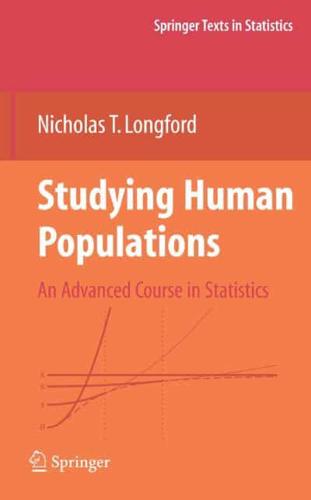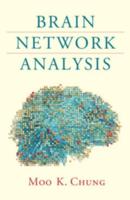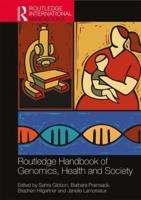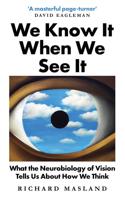Publisher's Synopsis
Studying Human Populations is a textbook for graduate students and research workers in social statistics and related subject areas. It follows a novel curriculum developed around the basic statistical activities of sampling, measurement and inference. Statistics is defined broadly as making decisions in the presence of uncertainty that arises as a consequence of limited resources available for collecting information. A connecting link of the presented methods is the perspective of missing information, catering for a diverse class of problems that include nonresponse, imperfect measurement and causal inference. In principle, any problem too complex for our limited analytical toolkit could be converted to a tractable problem if some additional information were available. Ingenuity is called for in declaring such (missing) information constructively, but the universe of problems that we can address is wide open, not limited by a discrete set of procedures.
The monograph aims to prepare the reader for the career of an independent social statistician and to serve as a reference for methods, ideas for and ways of studying human populations: formulation of the inferential goals, design of studies, search for the sources of relevant information, analysis and presentation of results. Elementary linear algebra and calculus are prerequisites, although the exposition is quite forgiving, especially in the first few chapters. Familiarity with statistical software at the outset is an advantage, but it can be developed concurrently with studying the text.










